Why democracy is rising after its evoked decline
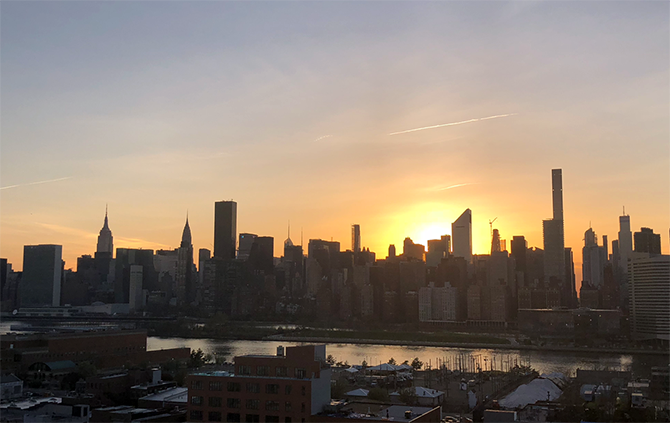
It is a dramatic scene. At exactly eight in the evening, the sun disappears between the iconic Top of the Rock and controversial Trump Tower above Manhattan. The next morning, however, most of New York takes a refreshing bath in brilliant sunshine. I enjoy a few final days of true roller coaster experiences on my world tour to modern direct democracy.
The symbolic sunset happens on the 198th day of my #ddworldtour. Sitting on the rooftop of a nine-storey Long Island City home, the impressive Manhattan skyline is just a few hundred metres away across the East River.
Trump Tower literally swallows the last sunbeams of the day, and it is a true relief to understand that many New Yorkers – similar to so many active and engaged citizens across the globe I’ve talked to over the past seven months – are doing their best to stand up for people power.
“We need to raise the awareness of the core values of our modern democracy,” says Richard Hurowitz, “the freedoms of speech, meeting and participation in government”.
I meet the publisher of the Octavian ReportExternal link in his office just a block away from Trump Tower in upper Manhattan. A few days ago, Hurowitz and a seven other more-or-less prominent public figuresExternal link launched the Renew Democracy Initiative (RDI).
“It is a centrist attempt to redefine the importance of modern democracy vis-à-vis populists on the left and the right,” explains Hurowitz, who invites everybody to sign the RDI-manifestoExternal link online.
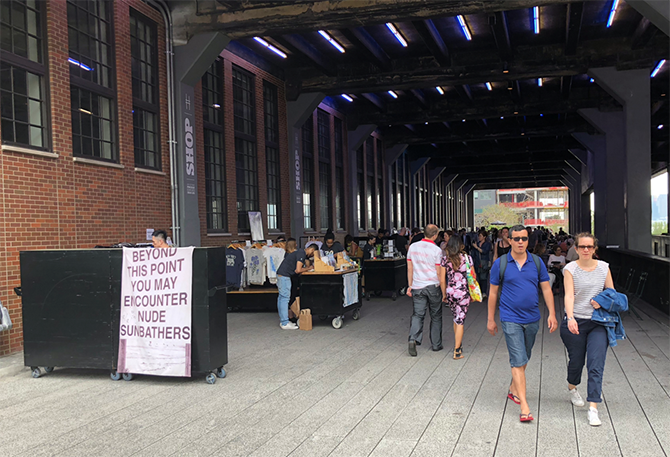
It is a good example of a pro-democracy push from a segment of society that in recent decades has done well in different walks of lives but now feels that “the modern world is at risk of losing its way”.
Hence, it is time to stand up.
By touring the world’s largest metropolitan region, Greater New York, I am tying together the bag that I have carried around since last October, when I started my around-the-world democracy reporting and supporting journey in this very same part of the earth.
At the time, my first #ddworldtour notebook entry was headlined: “America’s democracy learns to live with Trump”. Getting back to the home town of the 45th US president, who – according to the Washington Post’s fact-checker has made 3001 false or misleading claims in his first 466 daysExternal link in office – I understand, that such a learning process takes time.
At the national level, the US democracy remains in serious disarray. And there are many voices saying that democracy has died, as a handful of writers in the May/June Edition of Foreign Affairs asks under a cover titled, “Is Democracy Dying?”.External link
Others counter that claim by arguing that the currently evoked decline of democracy is owed to the “idealizing of the past and the focusing on the negative”External link, as Thomas Carothers and Richard Youngs have written.
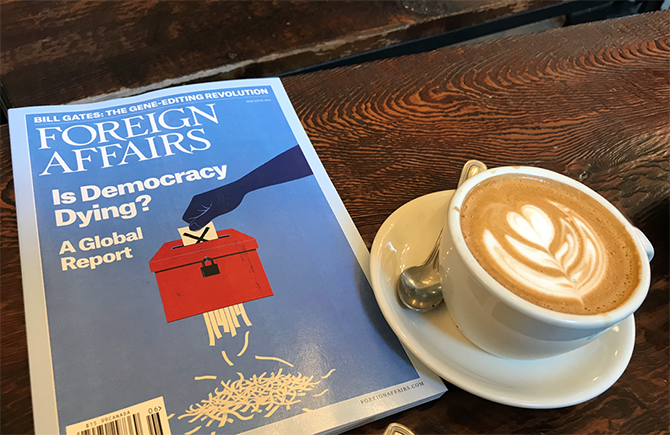
Together with my American journalist colleague Joe Mathews I am – in an opinion piece this week in The World Post and the Washington PostExternal link – pointing into another direction.
“The two trends – the rise of populism authoritarianism in some nation’s politics, and the rise of local and direct democracy – are related. As frustration grows with democratic systems at national levels, some people become more attracted to populism, yes. But some of that frustration is channeled into positive energy – into making local democracy more democratic and direct”.
While populists may claim to talk for their people, they never truly believe in government by the people.
In reality, as we argue in the article for the Washington Post, “modern direct democracy is booming”. This assessment not only includes the growing numbers of initiative and referendum procedures and practices at handExternal link, but also new forms of participatory governance including planning groups, citizens’ juries, experimental digital tools and participatory budgeting.
This last tool – participatory budgeting — is this spring taking off all over New York City, after a powerful announcement by Mayor Bill de Blasio extending the scheme to all of New Yorks public High SchoolsExternal link.
Each and every one of the educational institutions will get an amount of money, which the students themselves will have to manage. According to de Blasio, this shall inspire young people “to lifelong civic participation”.
One powerful expression of a more conversational form of democracy is a walkable former freight rail line across southwestern Manhattan, the High LineExternal link.
It runs from Gansevoort Street in the Meatpacking District to West 34th Street. The High Line is also a fantastic example of democratic urban planning in a metropolis like New York – and it gives me an opportunity to reach different meetings in town avoiding crowded cross-overs on street-level and even more-crowded cars in the subway.
Instead, I stroll along city gardens, down wooden paths and past warnings signs that announce, that “beyond this point you may encounter nude sunbathers”.
My last days in one of the world’s most remarkable cities confirms my findings from across the world, that democracy is rising indeed.
Traditionalists may complain that their ideas of limited representative government are questioned, but more local, direct and digital forms are taking shape worldwide.
Another New York-based initiative, which I encounter for the first time, is about identifying and supporting such moves: “We want to help cities to engage their citizens,” says Cities of Service Executive Director Myung Lee. We meet at the 31st floor of a tower, in which former City Mayor Michael Bloomberg (who served between 2002 and 2013) has gathered civic initiatives he supports.
According to Myung, Cities of Service currently supports a democracy city network across the United States and Britain and will now also extend to local leaders in other parts of the world.
Next week the organisation will host the first Engaged Cities AwardExternal link summit at which awards for the cities which are most effectively engaging their citizens will be announced. The Award was open to cities with 30,000+ residents across the Americas and Europe.
Myung is convinced that the “the local level is the best space to make democracy democratic again”.
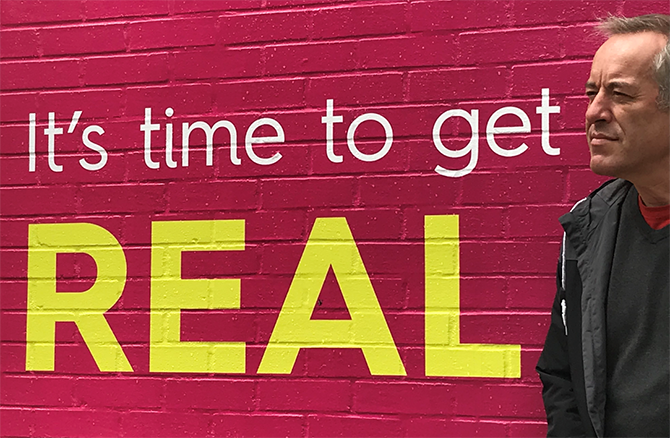
There is little to add at this point and much to do in the days, weeks, months and years ahead.
My 200-day world tour to modern democracy ends here. But it is also the starting point for many new reports, insights, and supporting efforts.
“Democracy dies in darkness,” reads the new motto of the Washington Post. So let the sun rise and shine not only over Trump Tower and Manhattan, but also across all big and small cities and villages across this world. After the sunset, I leave New York and head back to my very own small city in the heart of Sweden.
Swiss-Swedish author and journalist Bruno Kaufmann has just completed a world tour to explore the state of democracy visiting more than 20 countries on four continents in 200 days.
swissinfo.ch has been publishing a weekly Notebook and multimedia reports by Kaufmann as part of its coverage of direct democracy issues.
Kaufmann’s democracy world tour was mainly sponsored by the Swiss Democracy FoundationExternal link, where he is the director of international cooperation. The Swiss Democracy Foundation hosts various projects and platforms linked to participatory and direct democracy across the globe, including Democracy International,External link the Direct Democracy NavigatorExternal link and the Initiative and Referendum Institute Europe.External link

In compliance with the JTI standards
More: SWI swissinfo.ch certified by the Journalism Trust Initiative
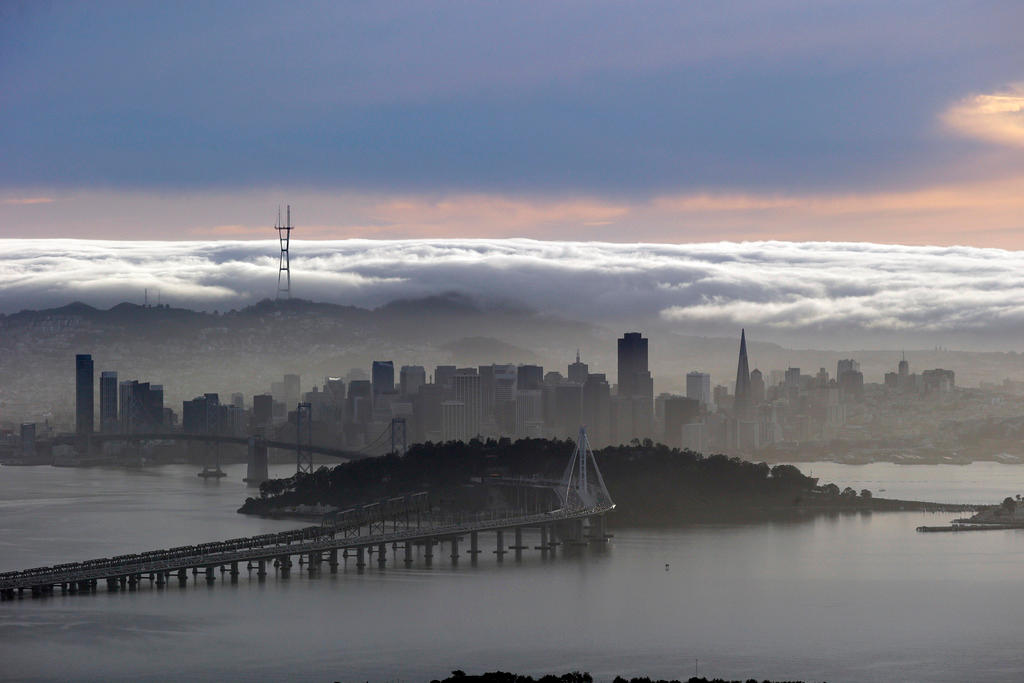
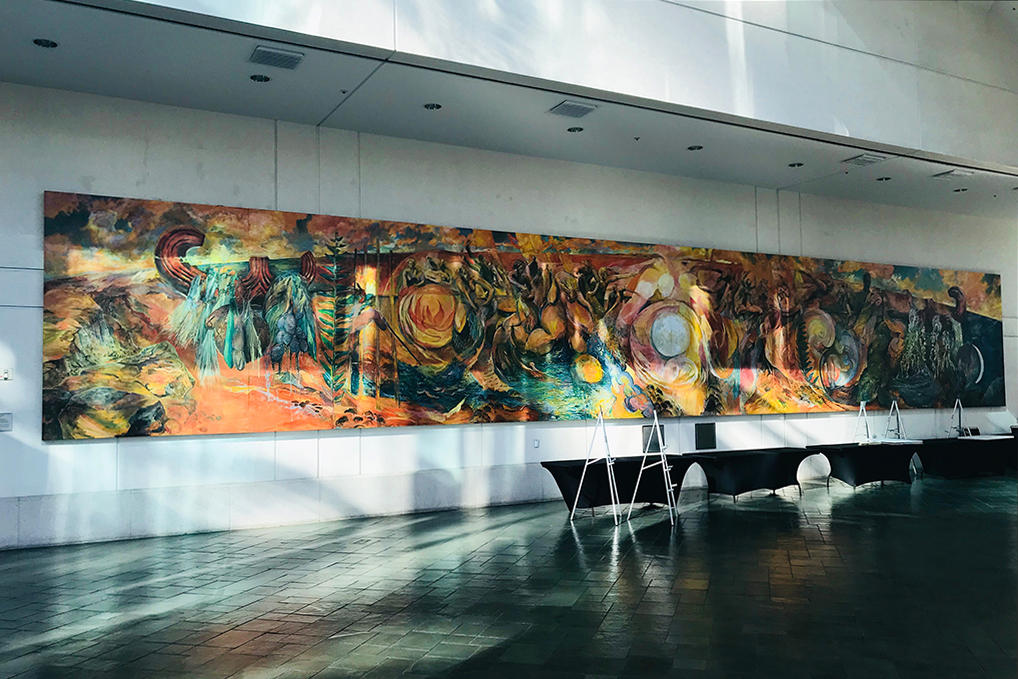
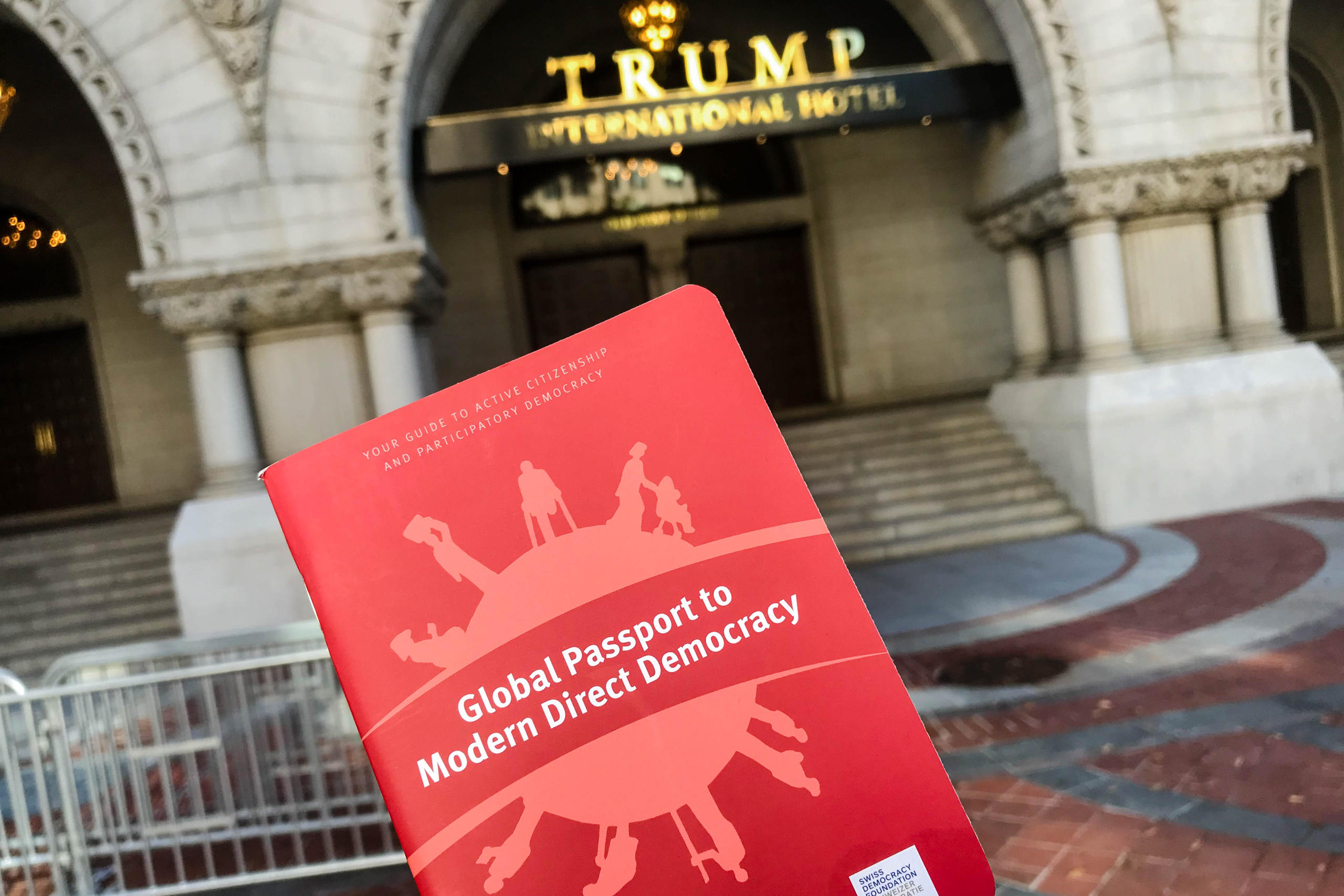
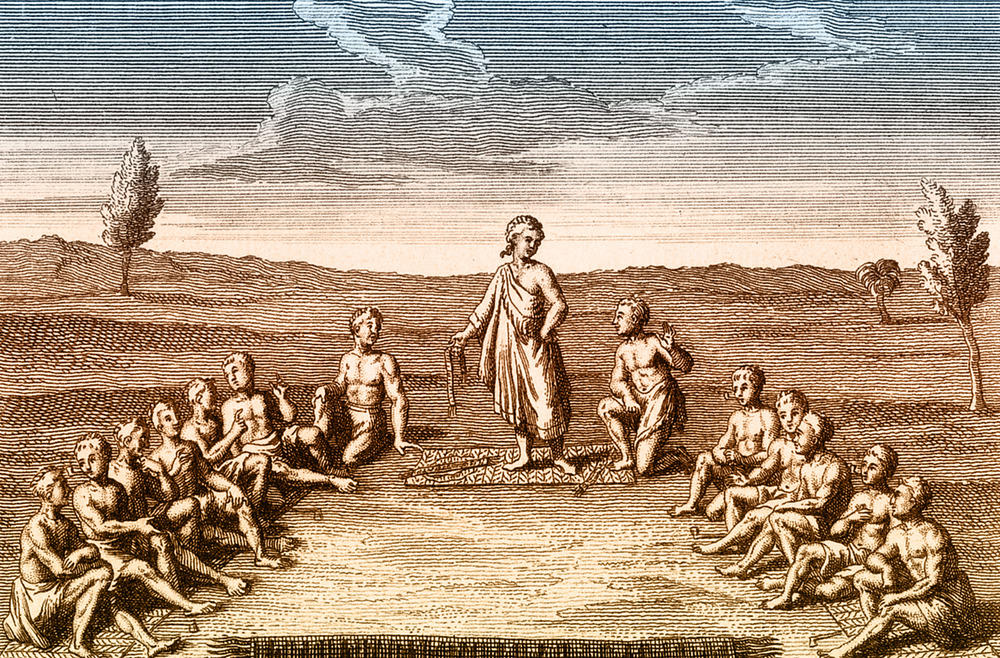
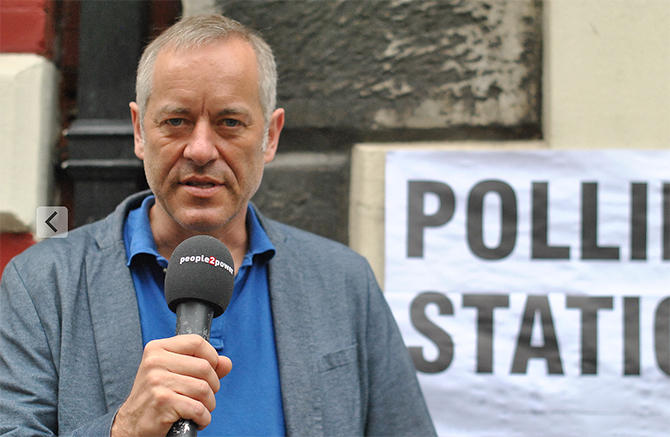
You can find an overview of ongoing debates with our journalists here. Please join us!
If you want to start a conversation about a topic raised in this article or want to report factual errors, email us at english@swissinfo.ch.